First aid basics are so popular that people even spend money to get trained. It’s vital and I believe every individual, including the children, should have knowledge about it.
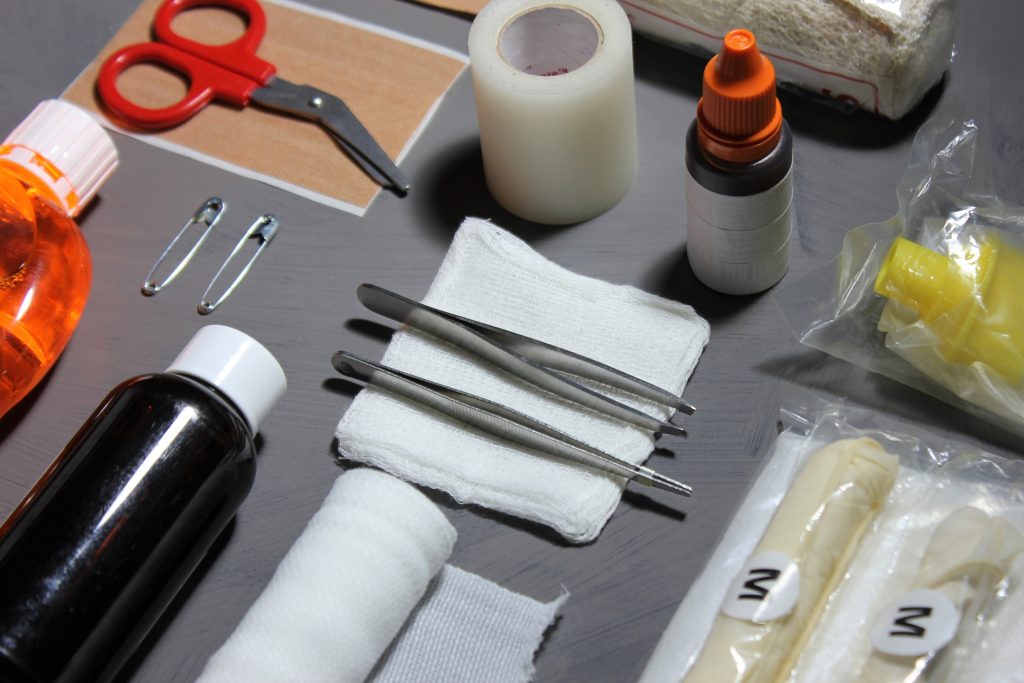
It could be any time when you or someone near you experience any sudden illness or injury. However, in my opinion, it’s always easy to handle such situations when you know exactly what to do.
So, in today’s blog, I’ll be talking about some basics regarding first aid that you must know to always be well-prepared. This is not an alternative for face-to-face first aid training because the hands-on experience is what you mostly require here. But it can surely provide you with some ideas and guidelines so that you can immediately take some steps rather than panicking.
What is First Aid?
First Aid refers to the initial assistance given to a sick or injured person to prevent his condition from further worsening till the medical help arrives.
3 P’s of First Aid
As a part of the first aid basics, you must know the 3P’s. Remembering this will always help you in setting the priorities of your actions that you’ll be taking during an emergency.
- Preserve Life: Firstly, you take all the steps you possibly can to save the life of the person. This includes ensuring circulation, clear flow of air, and breathing of the patient.
- Prevent Deterioration: Here, you focus on keeping the state of the patient stable so that it doesn’t get worse.
- Promote Recovery: In the final stage, you try ensuring gradual recovery of the patient from that emergency state.
Essential Tips to Remember
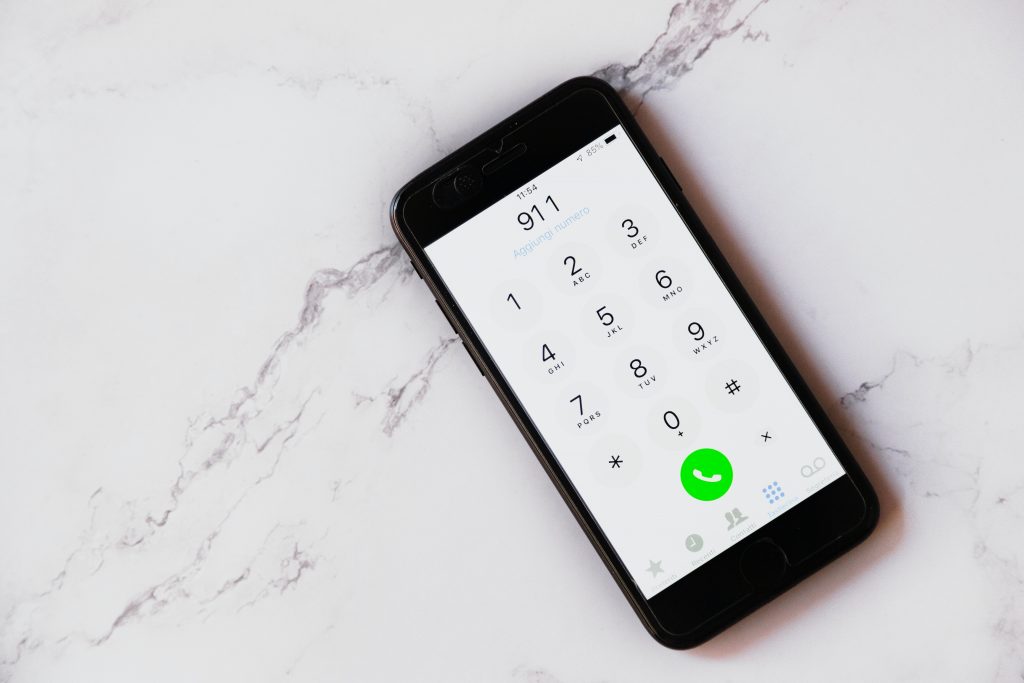
There are so many things to know about first aid basics but as a quick initial guide, I’m pointing out some simple tips that will always come in handy.
- Memorize the 3 P’s. Yes, you must do it because when it comes to emergencies, all we remember doing is fidgeting or panicking. If you sequentially remember the 3 P’s, you are better off than many.
- Alongside using ice cubes on swellings and wounds, you might use a cold sponge which is more convenient to use. You just need to keep a small sponge in a zip-lock bag and place it in the refrigerator. When it’s cold, you can apply it over the wounds.
- Often when there’s an emergency in a crowded place, people are most likely to show the bystander effect. This indicates that individuals will be less likely to offer a helping hand when there are many other people present there. To get rid of it, pick any random person from the crowd and ask for help or, assign them a responsibility. This works much better than addressing a whole crowd for help.
- Always know where the first aid kit is kept whether you are at the workplace, car or, at your home.
- Knowing where the first aid kit is kept is not just enough. There are so many of us who will be opening the kit for the very first time after an accident occurs. This might be a little confusing for you on the spot because the items you have kept in the first aid kit of your car or home might be different from the items kept in the first aid kit of the office. So, always try getting familiar with the items you can’t make do without, in case there’s an emergency. It is also vital to know how and when to use each of those items.
- Save the local emergency number on your phone beforehand to ask for emergency assistance.
- Check your first aid kit items regularly and replace any items that are expired or that you’re running low on.
- After every use, don’t forget to sanitize all your first aid equipment.
- As a beginner, first learn to treat minor burns, minor wounds/injuries, cleaning, and dressing wounds.
Designing Your First Aid Kit with the Most Essential Items
Keeping a first aid box at home or in the car is often considered a luxury by many. Nevertheless, it is more of a necessity than a luxury. In fact, there’s no need to purchase an expensive and lucrative first aid kit. You just need to ensure a box that contains all the essential items for immediate treatment of minor casualties.
So, as a part of first aid basics, I’m putting a list of some very essential items that you must keep in your first aid kit. However, you can always add more items to it based on the requirement.
Antiseptic wash: Water might not be available nearby during emergencies so it’s better to keep antiseptic wash in your first aid box. Some brands also help in mild pain relief alongside sanitization.
Besides, the Red Cross recommends antiseptic wipes as this are also beneficial and can be a good substitute.
Adhesive Tape: This helps to hold dressings onto the wound.
Sterile Gauze Pad: This will help you to do the works that a normal bandage can’t do. It will help you to cover larger wounds and stop bleeding.
Disposable Gloves: Hygiene is really important. If you are handling any wounds or injuries, don’t forget to wear your gloves!
Tweezers: This is a handy item for dealing with thorns, insect stings, splinters, etc. You can also use this to do precise tasks without using your fingers for greater safety.
Band-Aid: These are the adhesive bandages you can use to cover small wounds and injuries. It helps you to protect the place from further irritation.
A Pair of Scissors: With this, you can do so many things such as trimming a bandage or, cutting adhesive tapes for bandages and whatnot. Try using a medical scissor instead of a regular scissor because it’s safer to use.
Oral Saline: It is a must-have in every first aid box. It helps to prevent excess water loss from the body caused due to diarrhea or dehydration.
OTC: OTC stands for “Over-the-Counter Medicines” or non-prescription medicines. So, you don’t need a prescription to purchase these medicines or ointments. All you need to do is to know about their exact usage. Some examples include ointments and medicines for allergens, painkillers, medicines for migraines, etc.
Cotton: Doesn’t matter if you keep bandages in your first aid kit or, not but keeping a pack of cotton is really necessary. It can serve as a bandage at times and also help you to remove blood, dirt or, even disinfect a wound.
Inhaler & Eye Drops: You must keep an inhaler in the first aid kit if you or any of your family members have breathing problems at times and also to keep prescribed eye drops in case of any eye irritations.
Mental Health First Aid
First aid basics without mental health first aid would be incomplete. Because first aid is not only about the instant treatment of physical injuries but, it’s also about the instant aid for mental health. So let’s get into the “Mental Health First Aid”.
It is the immediate psychological assistance given to a person who is suffering from mental health problems, such as instant suicidal thoughts, panic attacks, causing self-injuries, etc.
As per the studies, well-trained people in mental health first aid have improved knowledge, decreased negative attitudes, a helping mindset and greater self-confidence. Now-a-days, there are many such mental health first aid training programs arranged that teach people to offer such instant support until professional help arrives.
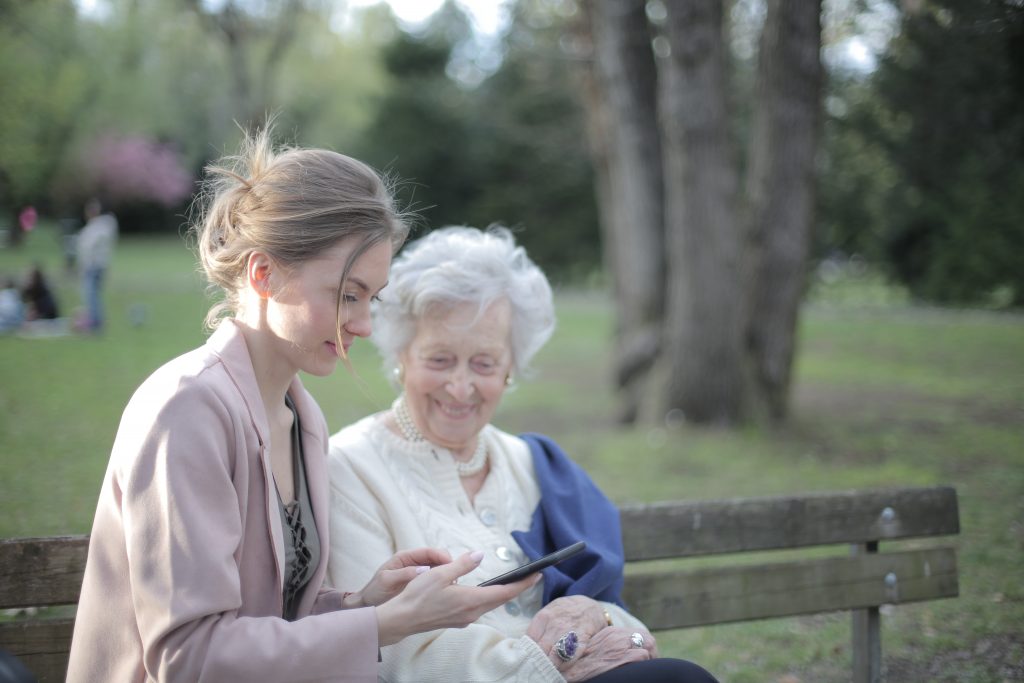
This way we know that there is more we can do for people facing psychological problems, than just stand & stare. We can try giving them psychological support until the expert help arrives. Besides, there are so many techniques and strategies to learn here so, try getting enrolled in a mental health first aid training program.
Why Having First Aid Knowledge is Beneficial
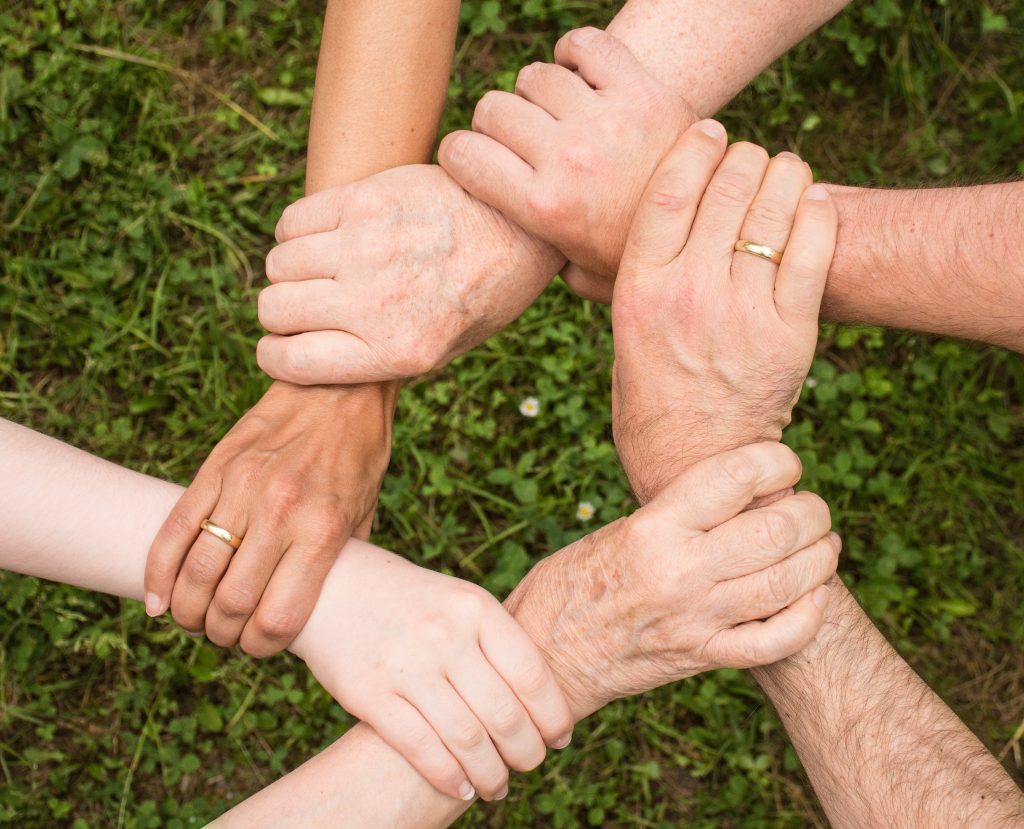
There are a good number of benefits that you can reap when you have knowledge on first aid basics, such as:
- You gradually become more confident and reliable during emergency situations. Therefore, will be less likely to show the bystander effect and take immediate actions.
- You become capable of bringing comfort to the victim and ensure their pain relief to some extent.
- It increases your awareness and the ability to assess your surroundings. Thus, reducing the chances of casualties.
- It will work great for you if you are either living or working with individuals who need ongoing special attention, such as children, old people or, people with physical or mental disabilities.
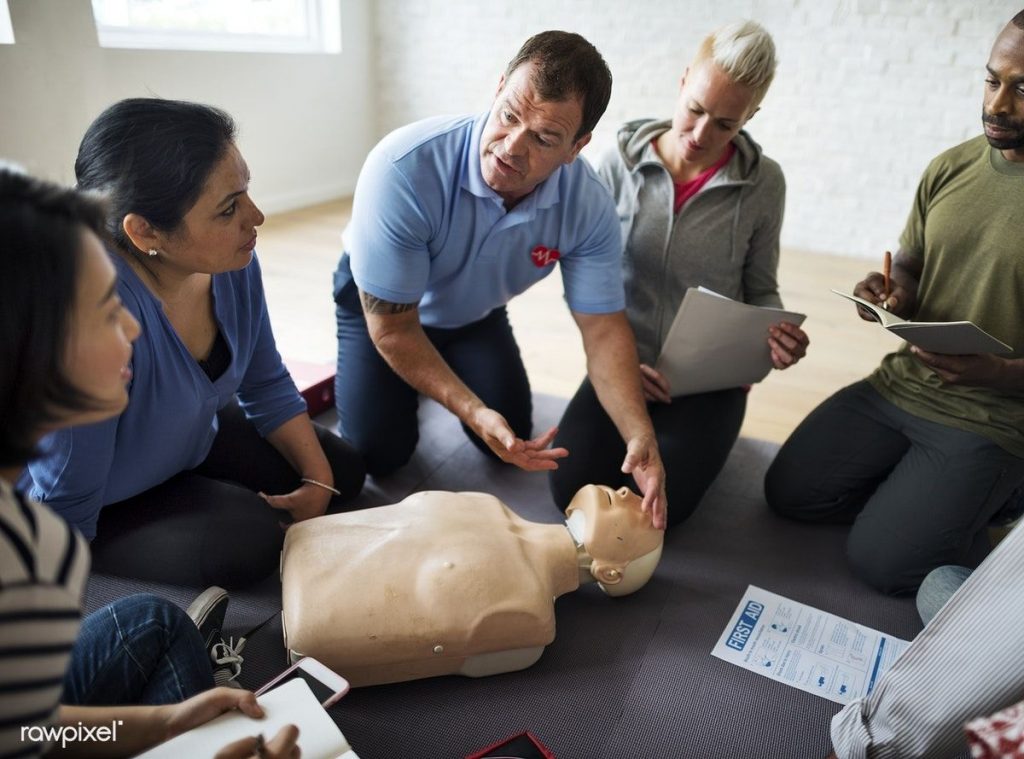
Learning how to perform first aid basics is never a waste. It is a mandatory skill that no one pays much attention to. Remember, when it comes to first aid, you must know what you are doing. Never attempt doing something like the Heimlich maneuver, CPR, etc. without proper training just because you are seeing the patient suffer. You could do more harm than good without even knowing.
Last but not least, if you have time, get yourself admitted into a first aid training program cause it’s never too late to start mastering this life skill!
























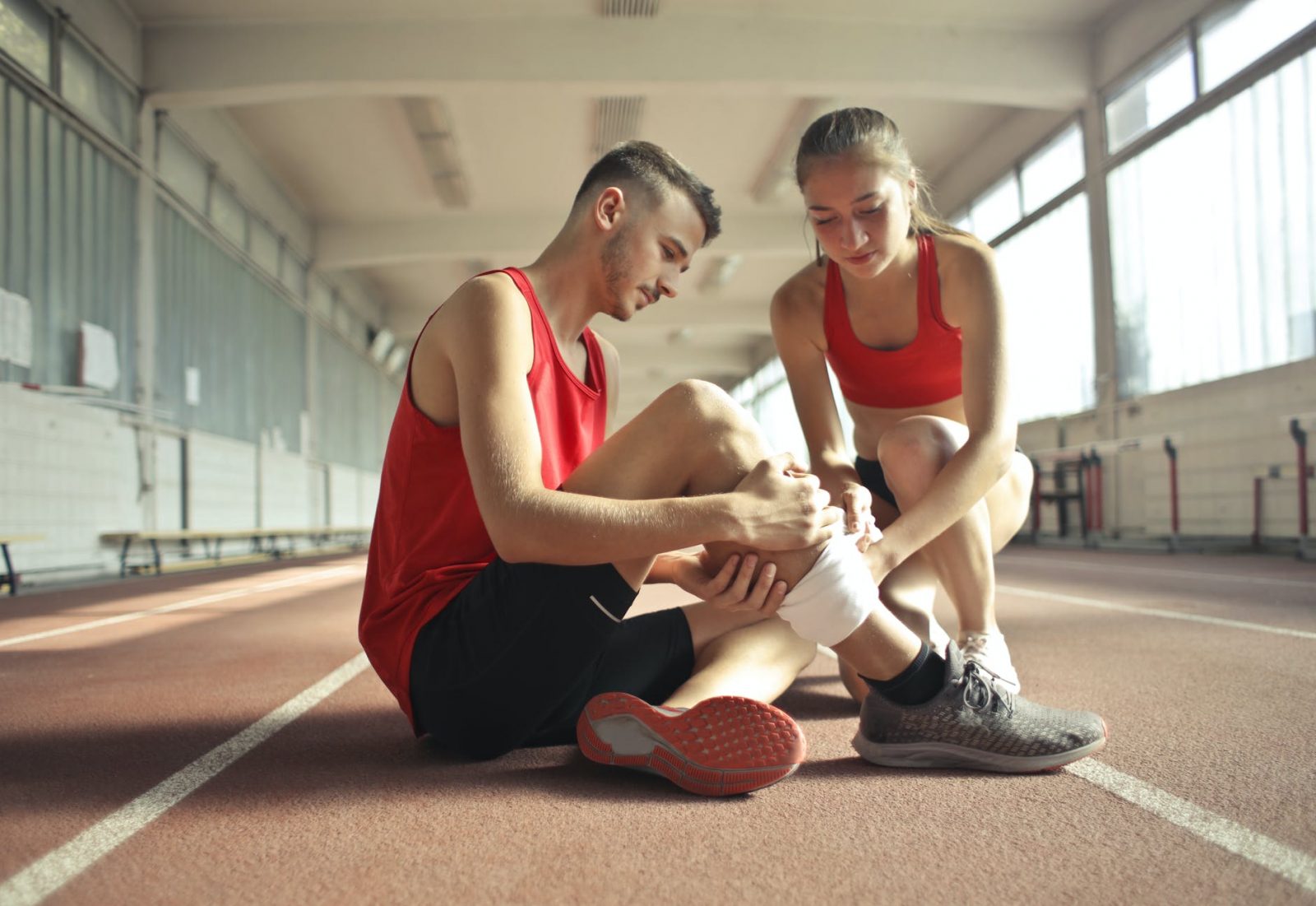

Very insightful information, well written 👏
Tajria,all the best.Your writing is nice. Felt good reading it.
May success be with you always in every walk of your life- Tajria’s Mom
Very helpful!
Informative, helpful and updated. So well put. Keep up the work Tajria!